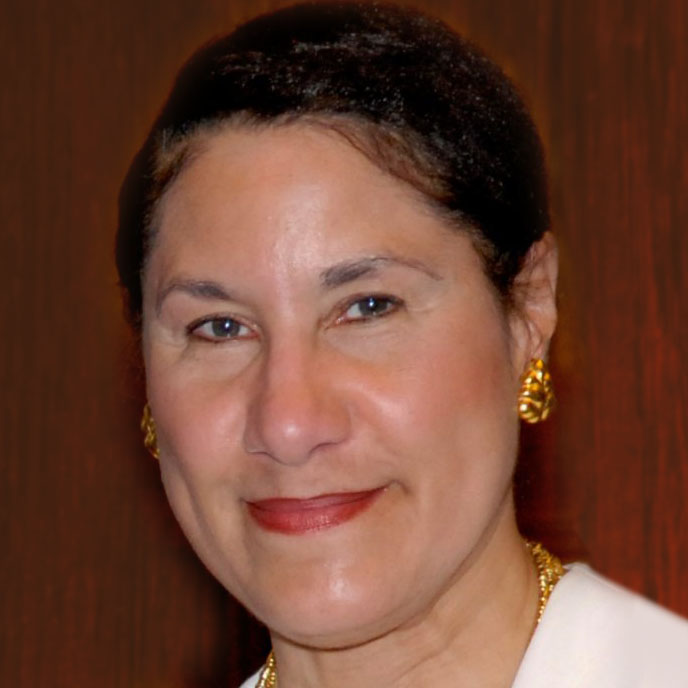
February 1, 2019
Dear ASALH Members and Friends:
Happy Black History Month 2019! This year opens with the theme “Black Migrations.” As the Founders of Black History Month, the Association for the Study of African American Life and History believes that migration represents one of the most important aspects of our nation’s past. The very title of the book A Nation of Immigrants, written by President John F. Kennedy, captures the centrality of migration to the makeup of the American people. However, for African Americans, the history of migration has a unique meaning, that of forced migration in the form of the African slave trade to America, which ended by law though not always in practice in 1808, and the domestic human trafficking that continued until the abolition of slavery by the Thirteenth Amendment in 1865. These are stories of families separated, of children taken from parents. Such pain was overwhelming and heartbreaking for families then, as it is in today’s context of the family separations of Hispanic migrants seeking asylum in America. ASALH’s founder Dr. Carter G. Woodson understood this meaning of migration, when he wrote A Century of Negro Migration (1918) and presented the “facts as to how the Negroes in the United States have struggled under adverse circumstances to flee from bondage and oppression in quest of a land offering asylum to the oppressed and opportunity to the unfortunate.”
As ASALH calls attention to the many stories and forms of migration over the centuries and also in the present, we give special attention to the year 1619, when Africans arrived on two slave ships in the Virginia colony, the first permanent English settlement in North America. We applaud the legislation introduced by Congressman Bobby Scott of Virginia titled “The 400 Years of African American History Commission Act. H.R. 1242 – 115. (February 2018).” In many ways the year 1619 in Virginia epitomizes the moment of the unfolding problem of race and slavery in the American past and present. Virginia’s lawmakers led the thirteen colonies in creating a legal process that gradually structured permanent racial servitude. Indeed, as a colony and later a state, Virginia’s laws on race would serve as a model for defining the subordinate legal status of persons of African descent.
ASALH emphasizes “400 Years of Perseverance,” in order to capture a history more expansive than enslavement, however. The four centuries bear witness to migration as countless stories of a past left behind and a future full of hope for a world free from racial discrimination. This longstanding, steady perseverance includes many actors: some escaping from slavery or emigrating to Africa, some moving from farm to city in the South or to the West after emancipation; others seeking employment in the North in the twentieth century or returning to the South in the twenty-first century; and not least of all those who came to the United States from the Caribbean, South America, Africa, and many other places.
Join ASALH during Black History Month and throughout the year in this intellectual journey of “Black Migrations.”
Sincerely,
Evelyn Brooks Higginbotham
ASALH National President
